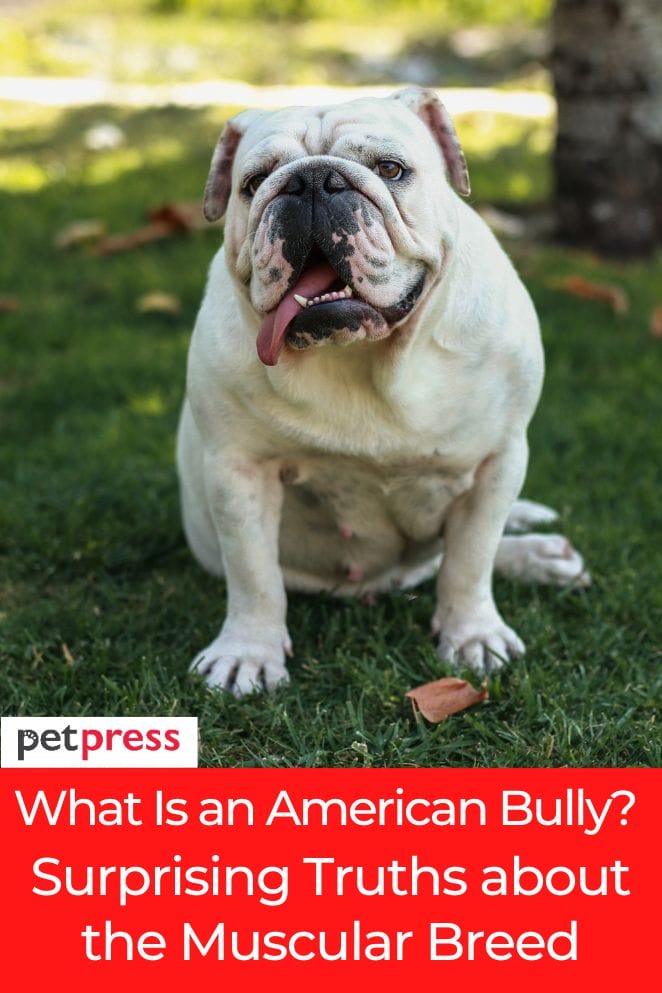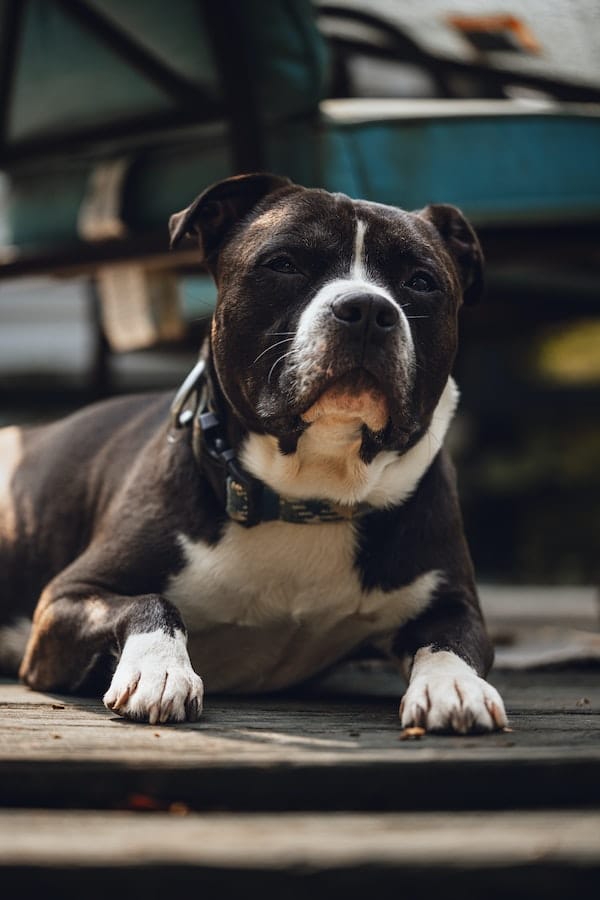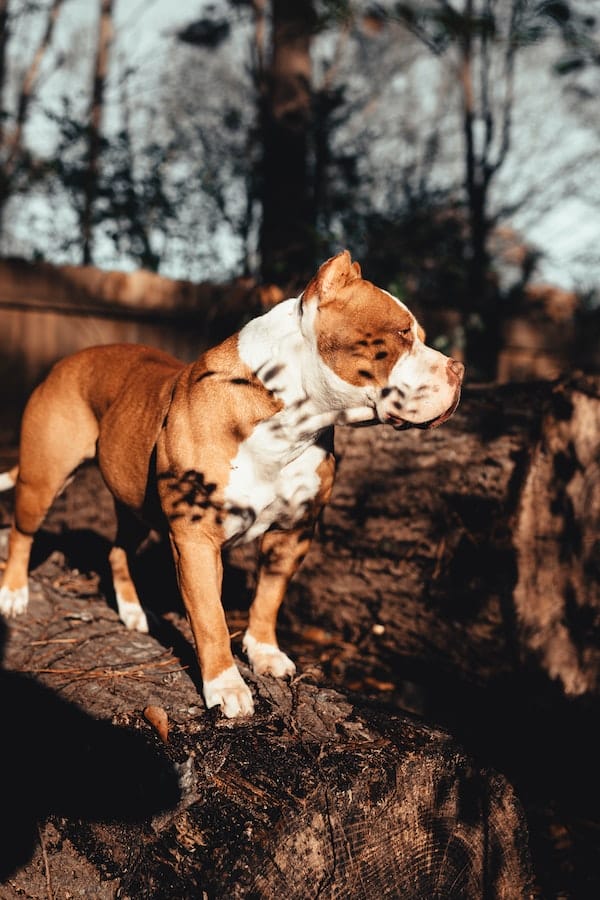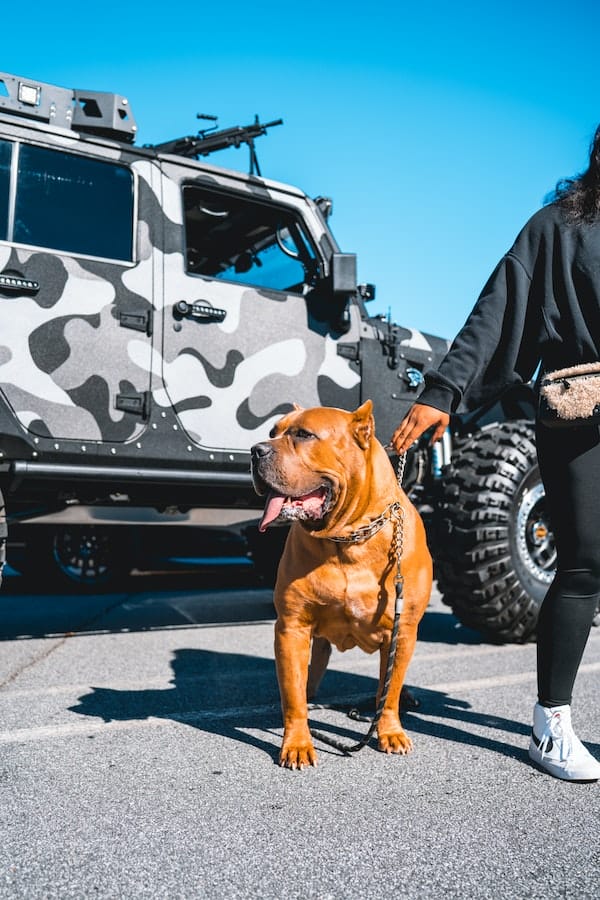
The American Bully, a captivating and enigmatic canine breed, has garnered substantial attention in recent times.
Understanding their intricate history, distinct characteristics, temperament, and essential care requisites is paramount before welcoming one into your familial fold.
This comprehensive article endeavors to present a profound and comprehensive overview of the American Bully, dispelling prevalent myths and misconceptions while underscoring the weighty responsibilities that accompany their ownership.
History of the American Bully
The American Bully originated in the United States during the 1990s, evolving from the American Pit Bull Terrier.
Breeders sought to create a companion dog with a more relaxed temperament, suitable for families and urban living.
Through selective breeding, the American Bully was developed, combining desirable traits from various breeds.
Today, it is recognized as a separate breed, promoting positive attributes while challenging the negative stereotypes associated with Pit Bull breeds.
Physical Characteristics of the American Bully

The American Bully is known for its striking physical appearance, with a powerful and muscular build.
Size and weight
The American Bully exhibits versatility through its various sizes, each possessing unique attributes.
Among these are the Standard, Classic, Pocket, and XL.
The Standard size typically measures between 17 to 19 inches at the withers, while the XL surpasses 20 inches, showcasing its grand stature.
Furthermore, weight plays a role in distinguishing these sizes, with the Standard weighing approximately 70-90 pounds and the XL reaching a substantial 100 pounds or more, making for an imposing presence.
Head and body structure
One of its most notable characteristics is its broad and powerfully shaped head, featuring a short yet deep muzzle and well-defined cheek muscles that contribute to its bold appearance.
The American Bully’s strong jaws further enhance its overall imposing countenance.
The body boasts a compact and muscular physique, with a broad chest signifying strength and a straight back that exudes confidence.
Coat and color variations
The American Bully is adorned with a short and glossy coat, requiring minimal upkeep.
The charm lies in the array of captivating color patterns and variations it presents. From the eye-catching brindle and fawn to the alluring shades of blue and black, the American Bully’s distinct coat colors contribute to its individuality and allure, setting it apart from other breeds.
Temperament and personality

Social behavior
Dispelling common misconceptions, the American Bully is widely acknowledged for its amiability, gentleness, and sociability.
Proper socialization from an early age, through positive interactions and experiences, allows them to thrive as exceptional companions, not only for families but also for children and other pets.
Their inherent affection and unwavering loyalty infuse warmth and joy into every corner of the household, endearing them as treasured family members.
Training and intelligence
Remarkably intelligent and trainable, American Bullies possess a strong desire to please their owners, making them receptive to positive reinforcement training techniques.
Their cognitive abilities enable them to grasp commands and tricks with relative ease.
However, consistent and dedicated training is paramount to shaping their behavior and ensuring they mature into well-mannered adults.
Exercise and activity needs
Contrary to their muscular build, American Bullies do not demand excessive exercise.
While regular walks, playtime, and mental stimulation are beneficial, they thrive with moderate physical activity to maintain their happiness and well-being.
Engaging in various activities fosters a deeper bond between the dog and its owner, cultivating mutual understanding and connection.
Health and Care

The American Bully is an overall healthy breed, provided they are well-cared for and receive the proper nutrition, exercise, and medical attention.
Nutrition and diet
Ensuring optimal health and well-being for every canine, including the esteemed American Bully, necessitates a well-balanced and nourishing dietary regimen.
This exceptional breed thrives on a premium diet, rich in protein derived predominantly from animal sources.
These vital proteins serve as the bedrock for supporting muscular growth, overall development, and enduring vitality.
Crucially, one must ensure that their nutritional intake is diverse and comprehensive, encompassing an array of essential vitamins, minerals, and other indispensable nutrients to fulfill their dietary requirements comprehensively.
Common health issues
Like all dog breeds, American Bullies may be susceptible to certain health conditions.
Hip dysplasia, skin allergies, and eye problems, such as entropion or cherry eye, are among the potential issues.
Regular veterinary check-ups and a balanced diet are vital in mitigating these concerns, ensuring the dog’s well-being and longevity.
Grooming requirements
The American Bully’s short coat is low-maintenance, requiring minimal grooming.
Regular brushing, and using a de-shedding tool to remove loose hair, can help keep their coat in excellent condition.
Occasional baths, using dog-friendly shampoo, can help maintain cleanliness and shine.
Additionally, cleaning their ears with a vet-recommended solution and trimming their nails as needed not only improves their overall hygiene but also ensures their comfort and health.
American Bully Breeding Standards
Recognized breeds
The American Bully breed is recognized by kennel clubs like the United Kennel Club (UKC) and the American Bully Kennel Club (ABKC).
These organizations focus on promoting responsible breeding practices and preserving the breed’s integrity.
Responsible breeding practices
Responsible breeders prioritize the health and well-being of their dogs.
They conduct health screenings, avoid breeding dogs with genetic health issues, and ensure proper socialization for the puppies.
Ethical breeders offer lifelong support to adopting families.
Ethical considerations
With the American Bully’s popularity, unethical breeding practices have emerged.
Avoiding support for backyard breeders and puppy mills is essential, as these prioritize profit over the dogs’ well-being.
Choosing reputable breeders or rescues supports the breed’s welfare.

Misconceptions and Controversies
Aggressiveness and temperament stereotypes
One of the most prevalent misconceptions surrounding American Bullies is that they are inherently aggressive.
However, with proper training, socialization, and responsible ownership, these dogs can be friendly and loving companions.
Legal and ownership restrictions
In some regions, breed-specific legislation (BSL) restricts or bans certain breeds, including the American Bully.
These laws are often based on misconceptions and misinformation, leading to challenges for responsible owners.
Pitfalls of irresponsible ownership
Owning an American Bully requires commitment and responsibility.
Failing to meet their social, exercise, and healthcare needs can result in behavioral problems and health issues.
Potential owners must thoroughly assess their ability to provide a suitable home for the breed.
Conclusion
The American Bully stands apart as a one-of-a-kind and frequently misconstrued breed.
Revered for their amiable and affectionate disposition, they possess the potential to serve as extraordinary additions to any family.
Nevertheless, it remains imperative to acknowledge that akin to all breeds, they demand conscientious care, training, and socialization to flourish as well-mannered companions.
Through the exercise of responsible ownership and breeding techniques, we undertake the responsibility of shaping the destiny of this extraordinary breed, ensuring that they continue to be esteemed and embraced members of our familial and communal spheres.
FAQs
Yes, with proper socialization and training, American Bullies can be excellent companions for children, as they are affectionate and gentle.
Despite their muscular appearance, American Bullies have moderate exercise needs. Regular walks and playtime are sufficient to keep them happy and healthy.
Yes, American Bullies can adapt to apartment living if they receive enough exercise and mental stimulation.
No, American Bullies are not inherently aggressive. Proper training and socialization are essential to ensure a well-balanced and friendly dog.
The average lifespan of an American Bully is around 10 to 12 years with proper care and a healthy lifestyle.


GIPHY App Key not set. Please check settings